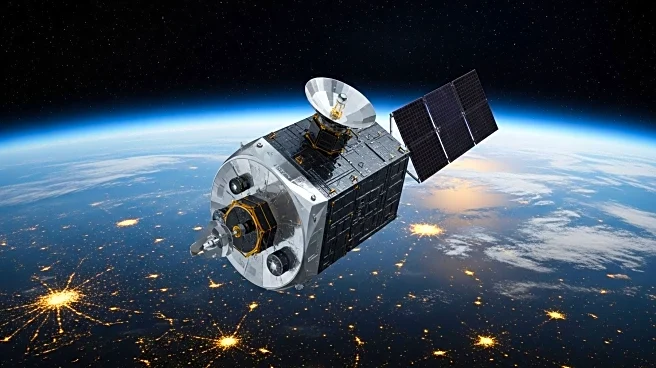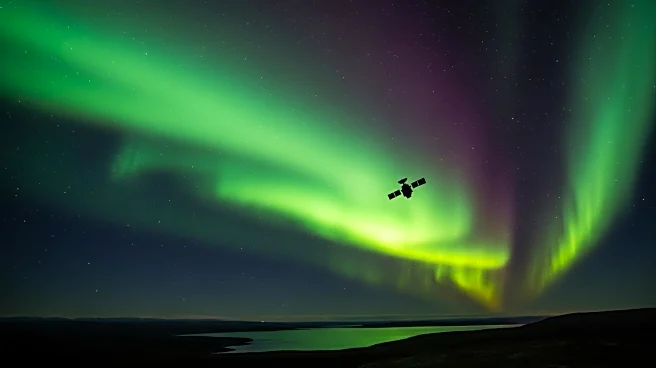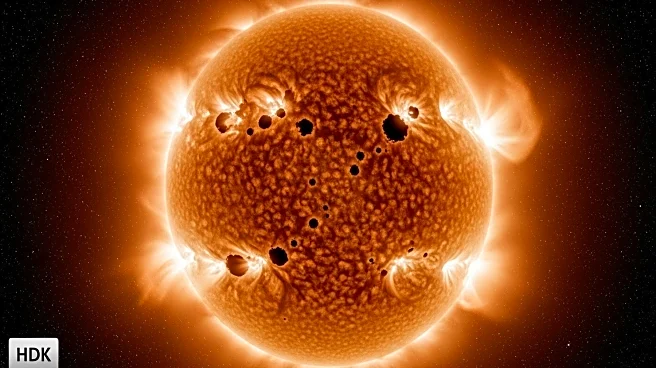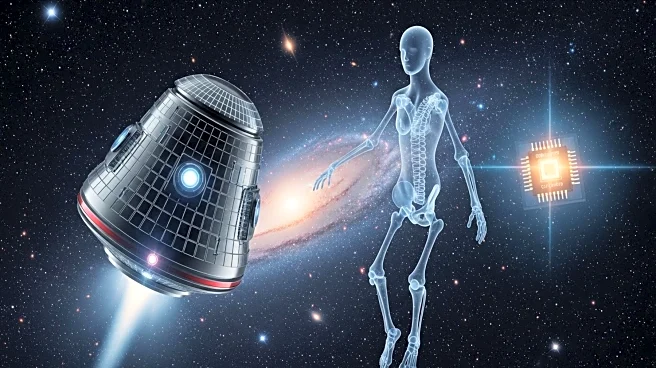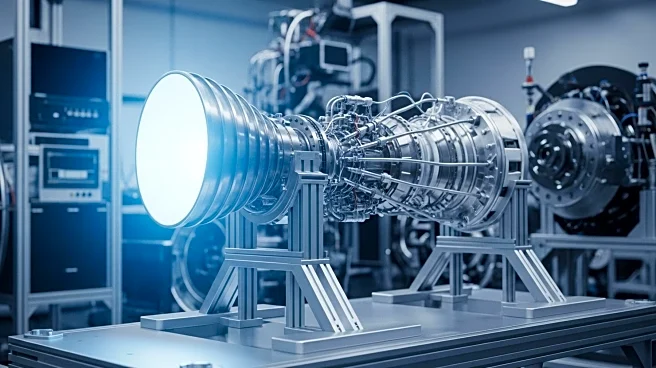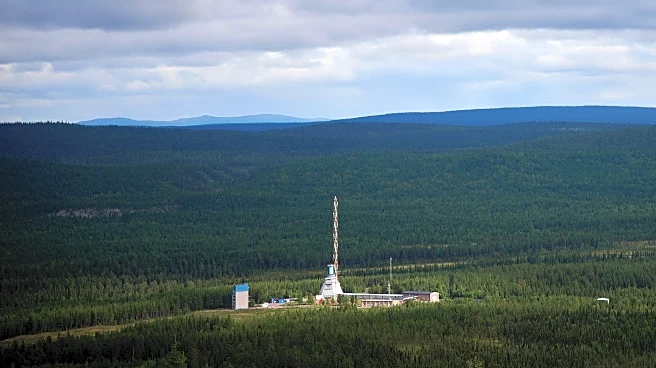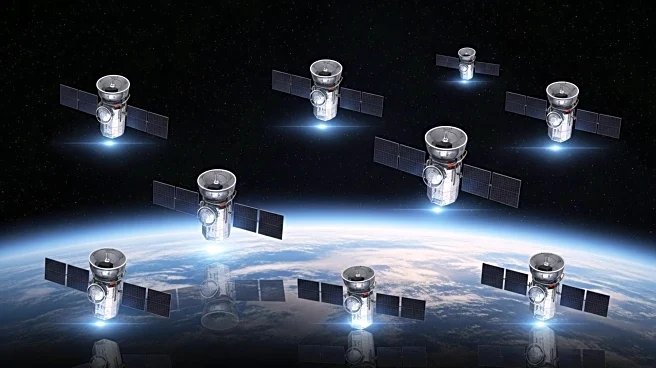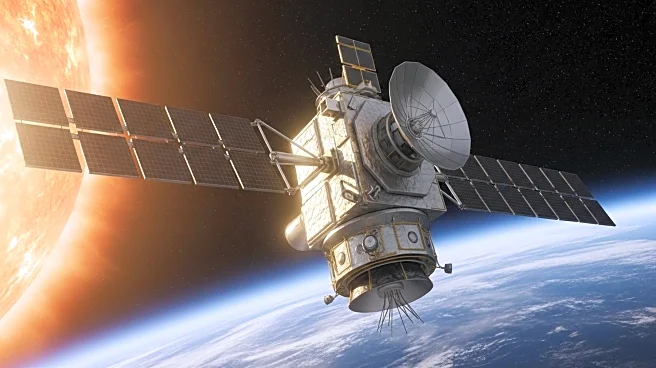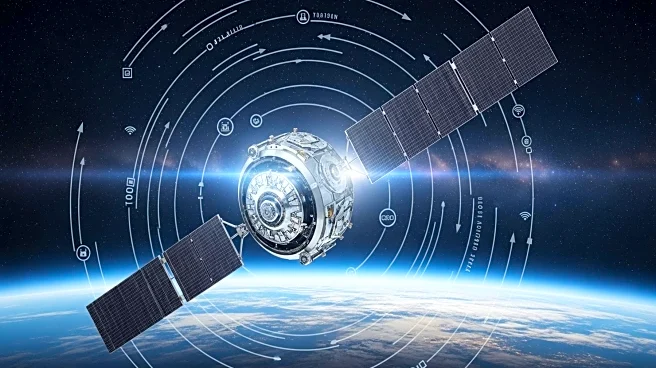What's Happening?
The National Oceanic and Atmospheric Administration (NOAA) is set to launch the Space Weather Follow On L1 (SWFO-L1) mission on September 23. This mission will be carried out using a SpaceX Falcon 9 rocket and will include NASA's Interstellar Mapping and Acceleration Probe and the Carruthers Geocorona Observatory. The SWFO-L1 observatory is designed to continuously monitor space weather, specifically solar eruptions, and provide early warnings for potentially destructive space weather events. Built by BAE Systems, SWFO-L1 will replace aging satellites at the Lagrange Point 1, a stable region about 1 million miles from Earth. This new observatory will offer uninterrupted data streaming, improving performance over older instruments and providing faster delivery of observations.
Why It's Important?
The SWFO-L1 mission is crucial for maintaining the integrity of electronic systems both in space and on Earth. Solar storms can have devastating effects, such as overloading power grids, disrupting GPS systems, and affecting air travel. By providing timely warnings, SWFO-L1 acts as a first line of defense against these threats. The observatory's ability to deliver coronal mass ejection imagery in about 30 minutes, compared to the previous 8-hour timeframe, marks a significant advancement in operational space weather forecasting. This improvement is expected to transform how forecasters predict and respond to solar storms, potentially mitigating their impact on critical infrastructure.
What's Next?
If launched as planned, SWFO-L1 will reach its operational orbit by February and complete commissioning shortly thereafter. The satellite is designed for a five-year primary mission but has enough consumables to operate for up to ten years. This extended operational capability ensures long-term monitoring and data collection, which is vital for ongoing space weather research and forecasting. Stakeholders, including government agencies and industries reliant on satellite technology, will likely monitor the mission's progress closely, anticipating its contributions to space weather preparedness.
Beyond the Headlines
The launch of SWFO-L1 highlights the growing importance of space weather monitoring in safeguarding technological infrastructure. As reliance on satellite-based systems increases, the need for advanced warning systems becomes more critical. This mission also underscores the collaboration between NOAA and NASA in addressing global challenges posed by space weather. The ethical dimension involves ensuring that technological advancements are used responsibly to protect public safety and economic stability.
